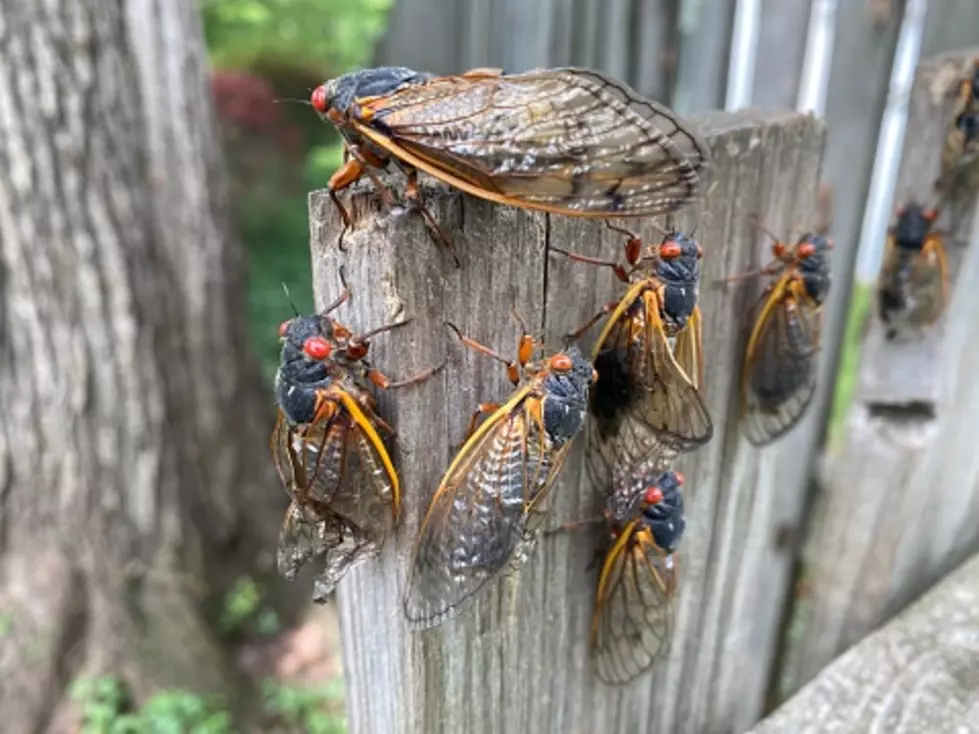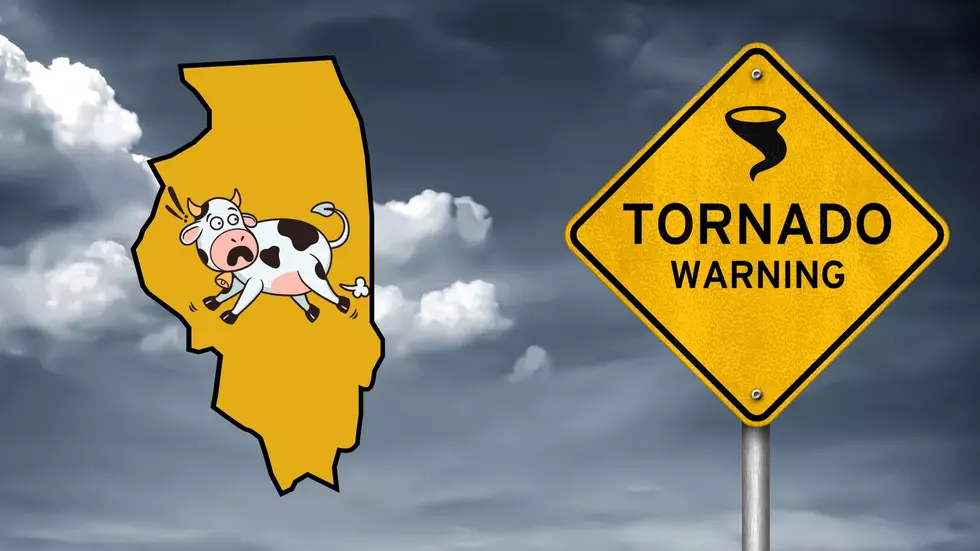
Illinois Cicada Invasion: Here’s When Experts Say They’ll Show Up
We haven't seen something like this in Illinois since...well, there wasn't an Illinois, and a guy named Thomas Jefferson was president.
Having followed this story for quite a while now, I knew that the coming emergence of two cicada broods, Brood XIII and Brood XIX, would be a big event, but I had no idea how big or how historical this whole event is going to be.
And Illinois is right at the center of it all. Lucky us.
What's coming, a very rare dual emergence, could bring billions, if not a trillion cicadas out of the ground and very loudly into our lives, and the clock is definitely ticking on when it's going to take place. One thing the experts know for sure is that we haven't seen anything like this in over 200 years.
Actually, It's Been 221 Years Since Brood XIII and Brood XIX Had A Dual Emergence
That was in 1803, when the dual emergence of the two broods might have been bigger news, but there was a little thing called the Louisiana Purchase that was going on at the same time, and apparently that was much bigger and more interesting news than a bunch of bugs making a racket across the Midwest.
In Northern Illinois, One Cicada Brood Will Be Dominate, Another Brood Will Be The Majority In Another Part Of The State, And One Segment Of Illinois Will Get Both Broods
In the northern part of the state, the aptly-named Northern Illinois Brood, or Brood XIII will be the cicadas that we'll get to see, hear, and even smell on an up-close and personal level. Residents of eastern Iowa, southern Wisconsin, and a narrow strip of Indiana bordering Lake Michigan and Michigan will also being seeing plenty of the Northern Illinois Brood, and soon.
Brood XIX, or the Great Southern Brood cicadas, have a more spread-out population, covering parts of Missouri, Illinois, Louisiana, North Carolina, Virginia and Maryland.
Experts seem to think that central Illinois, around Springfield, will be the overlap spot where both broods emerge at the same time.
Let's Get To What We Really Want To Know: When Will The Cicada Broods Start To Emerge From The Ground In Illinois, And More Importantly, How Long Will They Be Here
It looks as though we have just a few more weeks until we'll start to notice that we've got a cicada problem on our hands. When you flip the calendar to May, just know that it's just about cicada showtime.
According to an article from the University of Illinois Urbana-Champaign Extension, the Northern Illinois Brood's emergence usually takes place in May and June, and you can expect the cicadas to make themselves known for about a month to 6 weeks.
NBCChicago.com reports that late May will probably be the time-frame for this massive cicada emergence, and that we'll probably be rid of them in time for Independence Day.
Plant Some Of These In Your Garden to Keep Mosquitoes Away
Gallery Credit: Michelle Heart
Quiz: Do you know your state insect?
Gallery Credit: Andrew Vale



